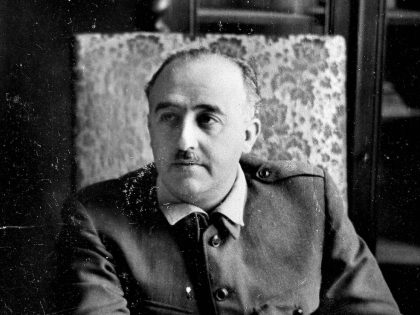
Franco’s Hometown Struggles With an Inglorious Past
Fifty years after Francisco Franco’s death, Spain is still reckoning with the legacy of dictatorship. Few places are more iconic of its struggle over identity than Franco’s hometown of Ferrol.
Duncan Wheeler holds the chair of Spanish Studies at the University of Leeds. He is author of Following Franco: Spanish Politics and Culture in Transition (Manchester University Press, 2020).

Fifty years after Francisco Franco’s death, Spain is still reckoning with the legacy of dictatorship. Few places are more iconic of its struggle over identity than Franco’s hometown of Ferrol.

Bruce Springsteen recently accused the Trump administration of taking “sadistic pleasure in the pain they inflict on loyal American workers.” He rightly attacked the administration’s favorite lie: its claim that Trump represents the working class.

In the late 1970s, nationalist vigilantes tried to destroy Pablo Picasso’s Guernica. Today the painting itself is safe — but the museum in which it is housed has again become the focus of right-wing polemics.

On this day in 1973, Basque separatists ETA assassinated far-right prime minister Luis Carrero Blanco. The action played an important role in ending Franco’s dictatorship — an inconvenient truth for the democratic Spain against which ETA then turned its fire.

Four decades since the passing of Spain’s democratic Constitution, the “regime of ’78” is sharply criticized by the Left and the Catalan independence movements. Yet former prime minister Felipe González still defends it.